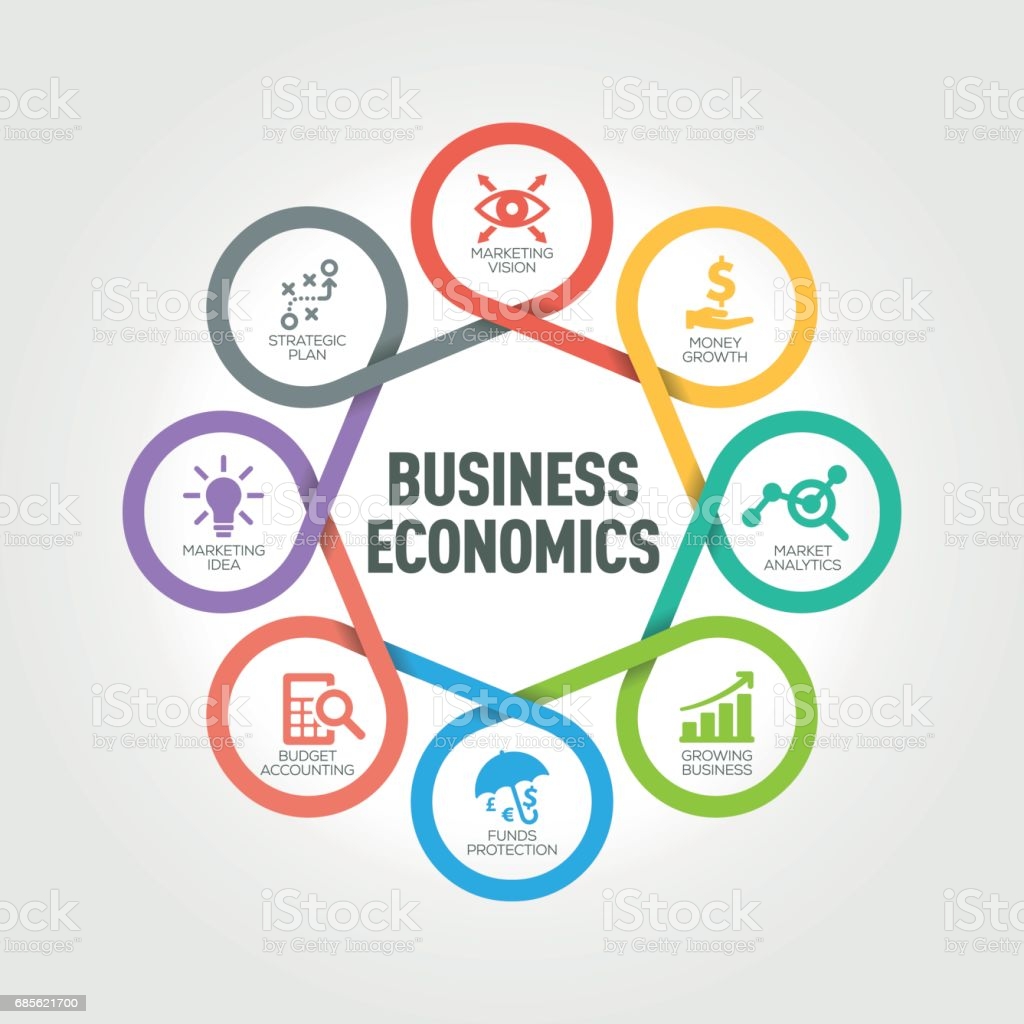Financial accounting is a specialized branch of accounting that keeps track of a company's financial transactions. Using standardized guidelines, the transactions are recorded, summarized, and presented in a financial report or financial statement such as an income statement or a balance sheet.
COURSE OBJECTIVE: To appraise the students about the application of basic accounting knowledge in certain special business activities and to impart the skill needed for preparation of final accounts of such special business activities.
COURSE OUTCOMES:
CO 1: Students will get acquainted with the concept of special transaction like Consignment, its Features and various terminologies used.
CO 2: They will be able to measure the different types of commission payable to consignee, and record the various aspects of consignment in the books of accounts.
CO 3: Students will comprehend the meaning of incomplete records. They will be able to differentiate between Single Entry and Double Entry system.
CO 4: They will be adept with the procedure of conversion of incomplete records to double entry books using Net worth method/Conversion Method and ascertain profit of the firm.
CO 5: Students shall understand the meaning of Non Profit organizations and terms used in NPO’s.
CO 6: They will be able to prepare the statements required by a NPO to ascertain the Surplus or Deficit made by the organization.
CO 7: Students will get acquainted with the meaning of Joint venture, its features, and will develop the skill of maintaining books of accounts using different methods of keeping records for JV Accounts.
CO 8: Students will understand the meaning of Bills of Exchange, its features and Accounting treatment of bills in the books of parties concerned. Differentiate between Trade Bills and Accommodation Bills
CAREER OPPORTUNITY: After the completion of the B.Com course, a student can pursue a career in Banking, Insurance, Investments, Equity Research Analyst, Financial Accounting & Auditing, Auditing & Cost Accounting, Company Secretarial Practice, Foreign Trade Practice &Procedures, Financial Consultancy, etc. In addition, the student can pursue higher studies.
SCHEME OF EXAMINATION: All
evaluations are conducted as per the norms of Osmania University. These are two
components of evaluations: Internal – 20 Marks, External – 80 Marks
The pattern of Internal evaluation is 2 internal examinations of 15 marks each
which will be averaged and 1 assignment of 5 marks, totaling 20 marks. Each
Internal Assessment question paper will consist of 10 MCQ’s of ½ mark each, 10
FIB’s of ½ each and 5 short questions of 1 mark each. Pattern of semester end
Final examination conducted by university – Section A – consists of 8 short
answer questions (at least one from each unit), out of which 5 questions need
to be answered. Each question carries 4 marks. Section B consists of 5 (one
from each unit) Essay questions with internal choice.

- Teacher: JAYA LAXMI D
COURSE DESCRIPTION
Business Economics is a G.E. 4 credit course offered by OSMANIA UNIVERSITY. 80 Marks is prescribed for external theory exam and 20 Marks for Internal theory exam.
COURSE OBJECTIVES:
This course will introduce you to "Business Economics" which is the application of microeconomic theory to managerial decision-making. Microeconomic theory is a remarkably useful body of ideas for understanding and analyzing the behavior of individuals and firms in a variety of economic settings. The goal of the course is for you to understand this body of theory well enough so that you can effectively analyze managerial (and other) problems in an economic framework. While this is a "tools" course, we will cover many real-world applications, particularly business applications, so that you can witness the usefulness of these tools and acquire the skills to use them yourself. We will depart from the usual microeconomic theory course by giving more emphasis to prescription: What should a manager do in order to achieve some objective? That course deliverable is to compare with description: Why do firms and consumers act the way they do? The latter will still be quite prominent in this course because only by understanding how other firms and customers behave can a manager determine what is best for him or her to do. Strategic interaction is explored both in product markets and auctions. Finally, the challenges created by asymmetric information - both in the market and within the firm - are investigated.

- Teacher: VINOD PATTATHIL
|
COURSE OBJECTIVE: To understand: 1) Basics of Contract Act, 1872, 2) Sale of Goods Act, 1930 and Consumer Protection Act, 1986 3) Intellectual Property Rights 4) Legal Provisions applicable for Management of Companies and Meetings 5) Modes of winding up of a Company with consequences of winding up and Insolvency & Bankruptcy Code Act, 2016
COURSE OUTCOMES: CO1:To compose students understand about the meaning and significance of Law& Business Lawof India CO2:To prepare every commerce students learn about different types of Acts applicable to business CO3: To make students aware about the Sale, Agreement to Sell, Goods, Types of Goods and the essence of conditions and warranties in contract of sale CO4:To analyze the vital role on redressal of consumer grievances) through multi-layerof Consumer Forums at various levels (National, State and District ) underConsumer Protection Act CO5:To acquaint students with the norms and procedure to register for the various Intellectual Property Rights like Trade Marks, Patents, Copy Rights, Trade Secrets and Geographical Indications CO6: To learn about IPR’s infringements cause serious punishments under various IPR Acts CO7:To understand the various norms followed in Management of Companies like Appointment/Removal/Duties of Directors/Board of Directors, conducting valid Meetings and appropriate Resolutions under Company Act CO8:To discern the various modes of winding up of company among students and interpret the consequences of winding up of the company on various stakeholders CO9: To sense a one stop solution of Insolvency and Bankruptcy Code Act, 2016 CO10:To develop a sense of moral judgements among students through assimilation of various above Acts |
|
|

- Teacher: BIKSHAPATHI MADA